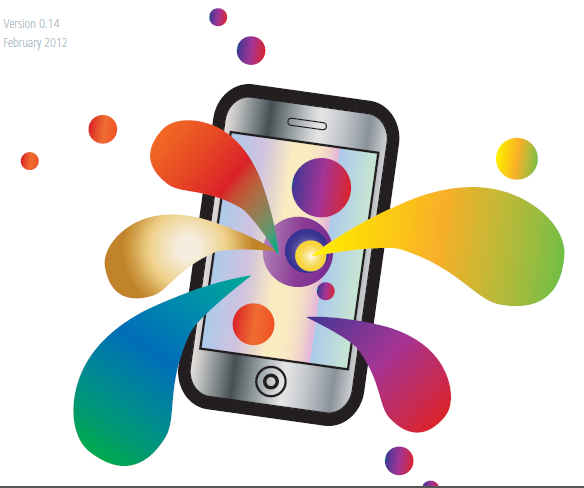
Smartphones have changed the way information is accessed. They have catapulted the development and distribution of mobile apps to a new level.
However, unlike fixed networks, the mobile environment places constraints on the resources available to apps on the mobile device. For example, the power consumption of each application can have an extreme impact on battery life.
The frequency of device-server communication needs to strike a balance between delivering a good user experience while not draining the battery or impacting the user’s phone bill (e.g. when roaming). High traffic levels can cause signalling overload in the network, triggering delays that impact the app performance and user experience.
Understanding and applying key principles of the mobile environment will help you improve your app’s connectivity, data and power consumption and security. This will improve the user experience, and help to create and maintain the popularity of your app.
That´s why the GSMA has created a set of guidelines for application developers that will enable improvements across a number of areas including application connectivity, power consumption, network reliability,user experience and security.
This guidelines explains key differences between fixed and mobile environments, and highlights key principles to bear in mind when developing applications for mobile devices. It also provides detailed tips for Android, Windows Phone and iOS.
By following these guidelines
- Developers will be better equipped to create fit-for-purpose apps
- Users will experience more responsive and reliable apps and improved battery life
- Mobile operators will see a reduced strain on their networks
Considering these will help to make your app even smarter.
Contents of these guidelienes are:
1 Introduction
- 1.1 Overview
- 1.2 Scope
- 1.2.1 Who should read this document
- 1.2.2 Organisation of the document
- 1.3 Definition of Terms
2 Network friendliness
- 2.1 Requirements and constraints in mobile broadband 18
- 2.2 Smooth user experience
- 2.2.1 Asynchrony
- 2.2.2 Non-blocking user interface
- 2.2.3 Offline mode
- 2.2.4 Bandwidth awareness
- 2.3 Efficient network connection usage
3 Ideal mobile application
- 3.1 Asynchrony
- 3.2 Connection loss and error handling
- 3.3 Security
- 3.4 Efficient traffic usage
- 3.4.1 Cloud-based transformations
- 3.4.2 Media Transcoding
- 3.5 Compression
- 3.6 Background / Foreground modes
- 3.7 Application Scaling
4 Detailed Recommendations
- 4.1 iOS
- 4.1.1 Asynchrony
- 4.1.2 Connection loss and error handling
- 4.1.3 Caching
- 4.1.4 Security
- 4.1.5 Push notifications
- 4.1.6 Data formats
- 4.1.7 Compression
- 4.1.8 Background / Foreground modes
- 4.1.9 Scheduling
- 4.2 Android
- 4.2.1 Asynchrony
- 4.2.2 Offline mode
- 4.2.3 Caching
- 4.2.4 Security
- 4.2.5 Push notifications
- 4.2.6 Data formats
- 4.2.7 Compression
- 4.2.8 Background / Foreground modes
- 4.2.9 Scheduling
- 4.3 Windows Phone
- 4.3.1 Asynchrony
- 4.3.2 Connection loss and error handling
- 4.3.3 Caching
- 4.3.4 Security
- 4.3.5 Push notifications
- 4.3.6 Data formats
- 4.3.7 Compression
- 4.3.8 Background / Foreground modes
- 4.3.9 Scheduling
5 References
- Other Information
- Acknowledgements
Download: ** ** ** **GSMA guidelines for application developers - Smarter Apps for Smarter Phones
** **
Note: GSMA intends to issue an update of these guidelines by end of 2012.
”));